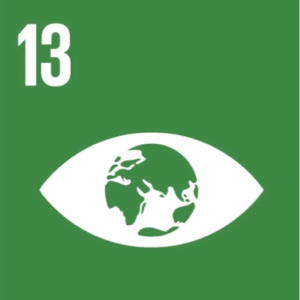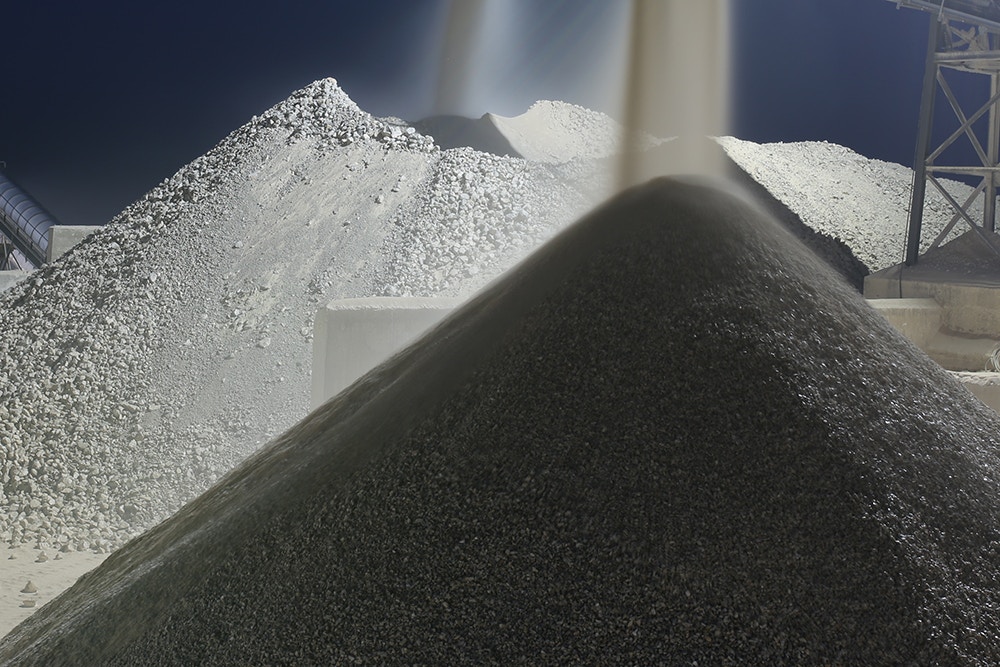Currently demolished concrete is collected at Concrete Recycling Facilities (CRF) and crushed into concrete aggregate before it is used as a substitute to gravel and sand or before it is landfilled. This methodology facilitates technology-based CO2 sequestration (carbonation) in demolished concrete (concrete aggregate) before it enters downstream processes.
CO2 sequestration can be achieved using either direct or indirect mineral carbonation. Through the applied processes of carbonation, concrete aggregate is exposed to an increased concentration of CO2 , making it react with the cement -- which contains calcium oxides to form stable carbonate minerals -- and enabling the sequestration process. This methodology, developed by Neustark AG, describes two different processes which use either direct or indirect mineral carbonation:
(a) Direct processes that imitate the natural process of weathering concrete structures, but with increased reaction rates through factors such as increased CO2 concentration or increased contact between the CO2 and the cement phase.
(b) Indirect mineral carbonation process that extracts the cement phases by means of a solvent and then carbonates it.
We are seeking feedback on this new methodology before we release for general public use.


